In today’s global trade environment, the transportation of hazardous materials, commonly referred to as hazmat freight, poses unique challenges and complexities that require specialized knowledge and expertise. Whether dealing with chemicals, biological agents, or other dangerous goods, the safe and compliant shipment of these materials is critical to protecting public health, safety, and the environment. This guide delves into the intricacies of hazmat freight forwarding, including essential regulations, documentation requirements, and best practices for successfully shipping hazardous materials from China to various destinations around the world. Understanding these key aspects is crucial for businesses engaged in international trade, ensuring that their logistics operations remain efficient, compliant, and safe.
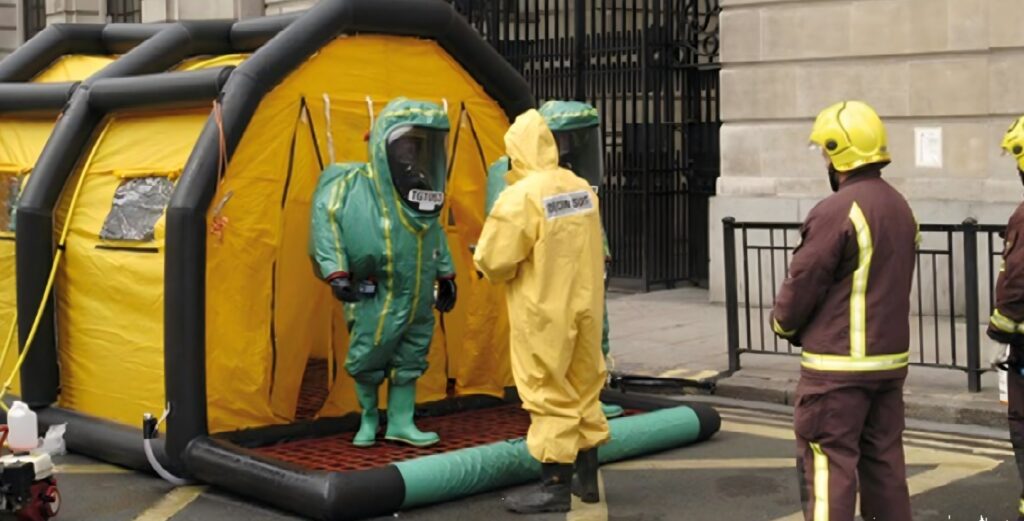
Understanding Hazmat Freight Forwarding
Hazmat freight forwarding refers to the specialized transportation and logistics services that handle the shipping of hazardous materials. These materials can include chemicals, biological agents, explosives, and other substances that pose a risk to health, safety, or the environment. Given the complexities involved, hazmat shipping requires a deep understanding of regulations and safety protocols to ensure compliance and protection.
Hazmat freight forwarders play an essential role in this process by coordinating transportation while ensuring that all legal requirements are met. They provide expert knowledge on how to navigate the intricate landscape of international regulations, including those set by the United Nations, the International Air Transport Association (IATA), and local laws. Utilizing a qualified hazmat freight forwarder is crucial to mitigate risks associated with transporting hazardous goods and to maintain the integrity of the supply chain.
Importance of Choosing the Right Hazmat Freight Forwarder
Selecting the right hazmat freight forwarder is paramount for several reasons:
-
Expertise and Compliance: A proficient forwarder understands the specific regulations surrounding hazardous materials, including classification, handling, and storage. They can ensure that all aspects of the shipping process comply with both international and local standards, reducing the risk of fines or legal issues.
-
Risk Management: Hazmat shipping carries inherent risks. A reputable hazmat freight forwarder can implement effective risk management strategies to address potential issues, from accidents during transit to potential spills or leaks.
-
Cost Efficiency: While it may be tempting to choose the cheapest forwarding option, the consequences of poor handling can lead to significant costs in the long run. An experienced forwarder can provide tailored solutions that protect your investment and enhance operational efficiency.
-
Time-Saving: The complexities of hazmat shipping can lead to delays if not managed correctly. With a knowledgeable forwarder, you can navigate paperwork, customs clearance, and compliance checks more efficiently, ensuring timely delivery.
-
Network and Resources: Established hazmat freight forwarders have well-developed networks and resources, such as specialized carriers with the necessary equipment and training to handle hazardous materials safely.
Key Considerations for Hazmat Shipping from China to Mauritania
Choice of Transportation Modes (Sea, Air, Multimodal)
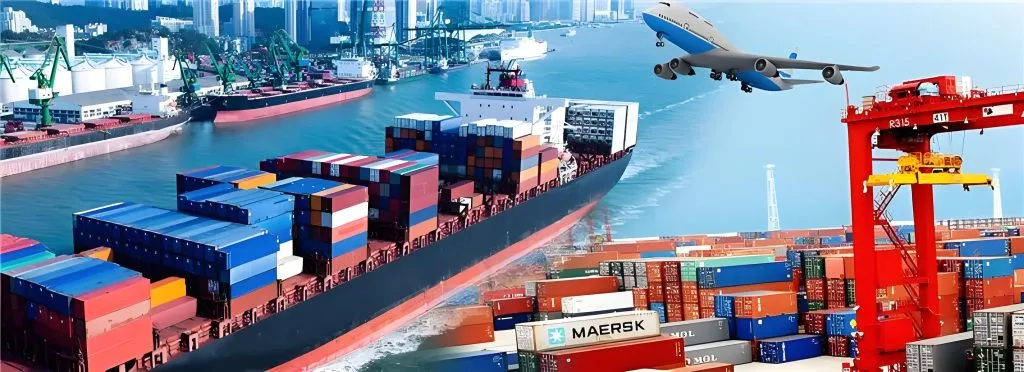
When shipping hazardous materials from China to Mauritania, the choice of transportation mode is critical. Each option presents unique advantages and challenges:
| Transportation Mode | Advantages | Challenges |
|---|---|---|
| Sea Freight | Cost-effective for large volumes; suitable for bulk shipments | Longer transit times; port congestion; subject to weather conditions |
| Air Freight | Fastest mode of shipping; ideal for urgent shipments | Typically more expensive; capacity limitations; strict regulations on certain hazardous materials |
| Multimodal | Flexible solutions combining different transport modes; optimized routes | Coordination complexity; potential for delays during transfers |
The choice of mode will depend on factors like urgency, cost, and the specific nature of the hazardous materials being shipped.
Packaging and Labeling Requirements
Proper packaging and labeling are crucial for ensuring the safety and compliance of hazmat shipments. Key considerations include:
- Packaging Materials: Use materials that can withstand potential leaks or spills, such as UN-approved containers and drums designed for hazardous substances.
- Labeling: All packages must be clearly labeled according to international standards, indicating the nature of the hazard. Labels should be easily visible, in accordance with the Globally Harmonized System (GHS).
- Documentation: Each shipment must be accompanied by the appropriate documentation, including safety data sheets (SDS) and declarations of dangerous goods.
Failure to adhere to packaging and labeling requirements can result in severe penalties, including fines and shipment confiscation.
Documentation and Declaration Processes
Navigating the documentation and declaration process is essential for smooth hazmat shipping. The following documents are typically required:
- Shipping Instructions: Detailed guidelines on the handling and transport of the materials.
- Dangerous Goods Declaration (DGD): A mandatory document that outlines the nature of the hazardous materials being shipped.
- Customs Documentation: Includes invoices, packing lists, and any permits required for the importation of hazardous goods into Mauritania.
- Transport Documents: Bill of lading or airway bill indicating the terms of transport.
Properly completing and submitting the necessary documents is crucial for avoiding delays and ensuring compliance with both Chinese and Mauritanian regulations.
In light of the intricate nature of hazmat freight forwarding and the specific considerations involved in shipping hazardous materials from China to Mauritania, it is advisable to partner with a reliable logistics provider. Dantful International Logistics offers a highly professional, cost-effective, and high-quality one-stop international logistics service tailored for global traders. By leveraging Dantful’s expertise, you can enhance your supply chain’s safety and efficiency. For more information on hazmat freight forwarding and other logistics services, visit Dantful.
Read More:
- Shipping From China to the United States
- Shipping From China TO CANADA
- Shipping From China To Netherlands
- Shipping From China To UNITED KINGDOM
- Shipping From China To ALGERIA
- Shipping from China to UAE
- Shipping from China to Saudi Arabia
Role of Specialized Hazmat Freight Forwarders
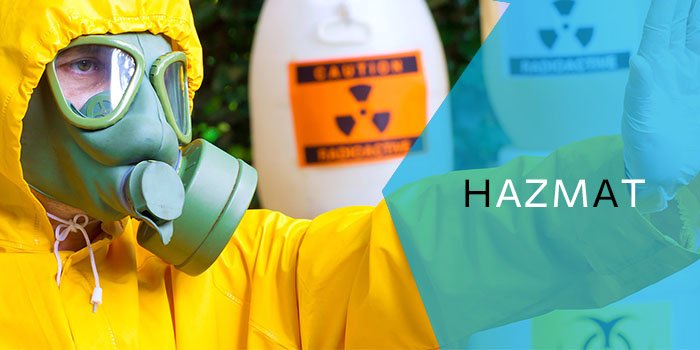
Expertise in Hazmat Regulations
Specialized hazmat freight forwarders possess in-depth knowledge of the myriad regulations governing the transportation of hazardous materials. This includes compliance with international standards such as the UN Recommendations on the Transport of Dangerous Goods, as well as local regulations specific to both the origin and destination countries. Their expertise ensures that shippers adhere to complex legal frameworks that dictate everything from the classification of hazardous materials to the packaging, labeling, and transportation methods permitted for shipment.
These forwarders stay updated on evolving regulations, ensuring that shipments are compliant with current laws. Their understanding covers various transport modes—air, sea, and road—allowing them to provide tailored solutions that meet regulatory requirements while optimizing costs and transit times.
Risk Assessment and Mitigation
A cornerstone of effective hazmat shipping is thorough risk assessment and mitigation. Specialized freight forwarders conduct comprehensive evaluations of potential hazards associated with specific materials, transportation routes, and handling procedures. This includes identifying risks such as chemical spills, fire hazards, and environmental impacts.
By assessing these risks, hazmat forwarders can implement strategic measures to minimize them, such as:
- Choosing safer routes that avoid populated areas.
- Employing specially trained personnel for loading and unloading hazardous materials.
- Implementing emergency response plans to address any incidents that may arise during transit.
This proactive approach not only safeguards the cargo but also protects public safety and the environment, making it essential for companies handling hazardous goods.
Proper Documentation Handling
Documentation is a critical aspect of hazmat freight forwarding, and specialized forwarders excel in managing this complex process. They ensure that all necessary paperwork is accurately prepared and submitted in a timely manner. Key documents often include:
- Dangerous Goods Declarations (DGD): Mandatory declarations must be completed to inform carriers about the nature of the hazardous materials being shipped.
- Safety Data Sheets (SDS): These provide critical information regarding the handling, disposal, and emergency measures for each substance.
- Customs documentation: Essential for international shipments, this includes invoices and packing lists that detail the contents of the shipment.
By meticulously handling documentation, hazmat freight forwarders minimize the risk of shipping delays and ensure compliance with customs regulations, thereby facilitating smoother transit.
Coordination with Carriers and Customs Authorities
Effective coordination with carriers and customs authorities is vital for successful hazmat shipping. Specialized freight forwarders maintain strong relationships with various transportation providers, including carriers experienced in handling hazardous materials. This coordination ensures that the right equipment and trained personnel are available to manage the shipment safely.
Additionally, hazmat forwarders liaise with customs authorities to ensure compliance with all import and export regulations. This includes ensuring that all necessary permits and approvals are obtained, which is critical for avoiding fines and delays. Their expertise in navigating customs procedures can significantly expedite the clearance process, allowing shipments to reach their destinations without unnecessary holdups.
Dantful International Logistics Services:
- Dantful Ocean Freight Services
- Air Freight From China
- Amazon FBA Freight Forwarding
- WAREHOUSE Services
- One-Stop Customs Clearance Solution
- Cargo Insurance Services in China
- DDP Shipping Services By Dantful Logistics
- Out of Gauge Cargo Transportation Shipping Services
Selecting the Right Freight Forwarder from China to Mauritania
Qualifications and Expertise
When selecting a freight forwarder for hazmat shipping from China to Mauritania, it is essential to consider their qualifications and expertise in handling hazardous materials. Potential clients should evaluate the forwarder’s certifications and experience, such as:
- Training and certifications in hazmat handling and transportation.
- Successful track records of past shipments involving similar materials.
- Knowledge of both Chinese and Mauritanian regulations related to hazardous goods.
Choosing a forwarder with robust qualifications ensures that the complexities of hazmat shipping are managed effectively.
Service Scope and Network Coverage
The service scope and network coverage of a freight forwarder are critical factors in ensuring seamless logistics operations. Potential clients should assess:
- Range of services offered: Does the forwarder provide comprehensive solutions, including customs clearance, warehousing, and insurance?
- Global network: A forwarder with an extensive network can facilitate smoother logistics and quicker transit times.
- Local partnerships: Collaborations with local carriers and agents in Mauritania can streamline the delivery process and enhance overall service quality.
A well-connected forwarder can provide a more integrated approach to hazmat shipping, thus minimizing delays and ensuring compliance with local laws.
Safety Record and Reputation
The safety record and reputation of a freight forwarder are paramount when selecting a partner for hazmat shipping. Prospective clients should investigate:
- Track record of incidents: A forwarder with a history of accidents or regulatory violations may pose significant risks.
- Client testimonials and reviews: Feedback from previous clients can provide valuable insights into the forwarder’s reliability and service quality.
- Safety certifications: Recognized safety certifications can signify a commitment to best practices in hazmat handling and transportation.
Partnering with a forwarder that has a solid reputation and safety record further enhances the security of hazardous shipments and fosters trust.
For companies looking to efficiently and safely transport hazardous materials from China to Mauritania, Dantful International Logistics stands out as a highly professional and cost-effective option. With extensive expertise in hazmat regulations, risk management capabilities, and a solid network of carriers and customs partnerships, Dantful can streamline your logistics process while ensuring compliance and safety.
Hazmat Transportation Process
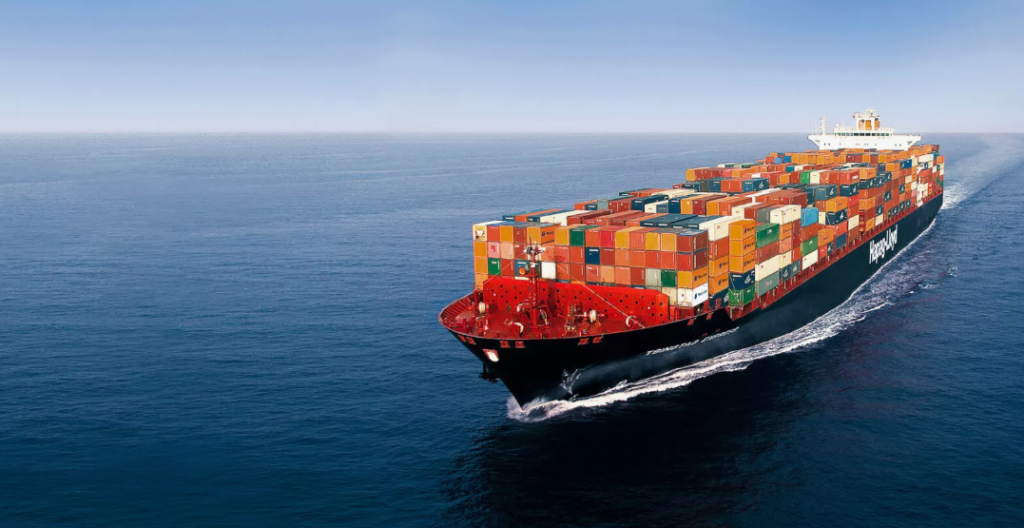
Booking and Planning
The hazmat transportation process begins with booking and planning, which is vital for ensuring that all necessary logistical components are in place prior to shipment. This phase typically involves:
-
Assessment of Shipment Requirements: Understanding the nature of the hazardous materials being shipped, including their classification, potential risks, and specific handling requirements.
-
Selecting the Right Carrier: Choosing a carrier that specializes in hazmat transportation is essential. This includes evaluating their experience, certifications, and equipment suitability for the specific type of hazardous material.
-
Route Planning: Developing an optimized route that minimizes risk and ensures compliance with regulations. This may involve avoiding populated areas and identifying suitable rest stops for drivers.
-
Documentation Preparation: Ensuring that all necessary documents, such as the Dangerous Goods Declaration (DGD) and other supporting paperwork, are prepared and ready for submission during the booking process.
Effective booking and planning lay the groundwork for a safe and compliant hazmat shipment, reducing the likelihood of delays and complications later in the process.
Packaging and Labeling Inspection
Once the booking is confirmed, the next step is packaging and labeling inspection. Proper packaging and labeling are critical in hazmat transportation to ensure safety and compliance with regulations. This involves:
-
Use of UN-Approved Containers: Ensuring that all hazardous materials are packaged in containers approved by the United Nations for the specific type of material being shipped. These containers should be capable of withstanding transportation stresses and potential leaks.
-
Labeling: All packages must be clearly labeled with appropriate hazard symbols and information as dictated by the Globally Harmonized System (GHS). Labels should indicate the nature of the hazard, handling instructions, and emergency contact information.
-
Inspection Procedures: Conducting thorough inspections of the packaging and labeling before shipment to confirm compliance with both international and domestic regulations. This can help identify any potential issues that may arise during transit.
By ensuring that all packaging and labeling requirements are met, companies can prevent accidents and legal issues during transportation.
Customs Clearance
Customs clearance is a critical phase in the hazmat transportation process. It involves:
-
Preparation of Customs Documentation: Compiling all necessary documents, including shipping instructions, invoices, and the Dangerous Goods Declaration, to facilitate smooth customs processing.
-
Customs Inspections: Engaging with customs authorities to ensure that all hazardous materials comply with import/export regulations. This may include inspections of the freight to verify contents against declared documentation.
-
Payment of Duties and Fees: Ensuring that any applicable duties, taxes, and fees are paid to expedite the clearance process. Understanding the specific duties related to hazardous materials can help avoid unexpected costs.
Successful customs clearance is essential for preventing delays and ensuring that shipments are legally compliant with both the originating and destination countries’ regulations.
Transportation and Tracking
Once customs clearance is complete, the shipment proceeds to the transportation and tracking phase. This includes:
-
Transportation Method: Utilizing the chosen mode of transportation (air, sea, or road) to move the hazardous materials to their destination. Each mode has its own set of regulations and best practices that must be adhered to.
-
Real-Time Tracking: Implementing tracking systems to monitor the shipment’s progress throughout its journey. This allows logistics managers to anticipate any potential delays or issues that may arise during transit.
-
Communication: Maintaining open lines of communication with carriers and stakeholders to ensure that all parties are informed of the shipment’s status and any potential complications.
Effective transportation and tracking ensure that hazmat shipments arrive safely and on time, with minimal disruptions.
Destination Delivery
Upon reaching the destination, destination delivery focuses on the final steps of the hazmat transportation process, including:
-
Unloading Procedures: Ensuring that trained personnel are available to safely unload hazardous materials upon arrival. This may involve using specialized equipment to handle the materials properly.
-
Final Documentation Review: Conducting a review of all delivery documentation to ensure that everything is in order and that the shipment matches the original declaration.
-
Post-Delivery Inspections: Carrying out inspections to confirm that the materials have been delivered in compliance with local regulations and that there are no damages or leaks.
-
Feedback and Assessment: Gathering feedback on the transportation process to identify areas for improvement and ensure that future shipments can be handled more effectively.
Managing destination delivery efficiently is critical for maintaining the integrity of the supply chain and ensuring compliance with safety regulations.
Common Challenges and Solutions
Regulatory Compliance
Navigating the complexities of regulatory compliance is a significant challenge in hazmat shipping. Regulations can vary significantly between countries and even between regions within countries. To address these challenges, companies can:
-
Engage Expert Freight Forwarders: Partnering with specialized hazmat freight forwarders like Dantful International Logistics can provide the expertise needed to navigate complex regulations and ensure compliance with local and international laws.
-
Stay Informed: Regular training and updates on the latest regulations can help logistics teams remain compliant. Utilizing resources such as government agencies or industry organizations can provide valuable insights.
Safety Management
Ensuring safety during the transportation of hazardous materials involves addressing numerous risks. Common safety challenges include the potential for leaks, spills, and accidents during transit. Solutions include:
-
Implementation of Safety Protocols: Developing and enforcing strict safety protocols can help mitigate risks. This includes training staff on emergency response procedures and ensuring that all equipment is properly maintained.
-
Conducting Risk Assessments: Regular assessments of transportation routes, equipment, and personnel can help identify potential hazards and develop strategies for risk mitigation.
Cost Control
Managing costs while ensuring compliance and safety can be a challenge in hazmat shipping. To control costs effectively, companies can:
-
Optimize Shipping Routes: Utilizing advanced logistics software to determine the most cost-effective and safe routes can lead to significant savings.
-
Leverage Bulk Shipping: Consolidating shipments can reduce transportation costs and improve efficiency, particularly for companies that frequently ship hazardous materials.
-
Negotiate Contracts: Engaging in negotiations with freight forwarders and carriers to secure favorable terms can help manage overall shipping expenses.
By addressing these common challenges proactively, companies can enhance the efficiency and safety of their hazmat transportation processes while maintaining compliance with regulations. For further assistance and expert guidance in hazmat shipping, consider the services provided by Dantful International Logistics, a trusted provider of logistics solutions tailored for hazardous materials. To learn more, visit Dantful.
FAQs
1. What is hazmat freight forwarding?
Hazmat freight forwarding involves the specialized transportation and logistics services for shipping hazardous materials, such as chemicals and explosives. It ensures compliance with international and local regulations to protect health, safety, and the environment.
2. Why is it important to choose the right hazmat freight forwarder?
Selecting the right hazmat freight forwarder is crucial due to their expertise in regulations, risk management capabilities, cost efficiency, time-saving processes, and established networks that facilitate safe and compliant shipping.
3. What are the transportation modes available for hazmat shipping from China to Mauritania?
The key transportation modes include:
- Sea Freight: Cost-effective for bulk shipments but longer transit times.
- Air Freight: Fastest option for urgent shipments but more expensive and subject to strict regulations.
- Multimodal: Combines different transport modes for flexibility but may involve coordination complexities.
4. What packaging and labeling requirements must be followed for hazmat shipments?
Hazmat shipments must use UN-approved containers, have clear hazard labels in accordance with the Globally Harmonized System (GHS), and include all necessary documentation, such as safety data sheets (SDS).
5. What documentation is required for hazmat shipping?
Essential documentation includes:
- Dangerous Goods Declaration (DGD)
- Safety Data Sheets (SDS)
- Shipping instructions
- Customs documentation (invoices and packing lists)
6. How does customs clearance work for hazmat shipments?
Customs clearance involves preparing necessary documentation, undergoing inspections by customs authorities, and paying applicable duties and fees to ensure compliance with both the originating and destination countries’ regulations.
7. What are some common challenges in hazmat shipping?
Common challenges include regulatory compliance, safety management, and cost control. Solutions involve engaging expert freight forwarders, implementing safety protocols, and optimizing shipping routes.

Young Chiu is a seasoned logistics expert with over 15 years of experience in international freight forwarding and supply chain management. As CEO of Dantful International Logistics, Young is dedicated to providing valuable insights and practical advice to businesses navigating the complexities of global shipping.
The other language versions of this article
- الدليل النهائي لاختيار وكيل شحن للمواد الخطرة من الصين إلى موريتانيا
- De ultieme gids voor het kiezen van een Hazmat-expediteur van China naar Mauritanië
- Le guide ultime pour choisir un transitaire de matières dangereuses de la Chine vers la Mauritanie
- Der ultimative Leitfaden zur Auswahl eines Spediteurs für Gefahrguttransporte von China nach Mauretanien
- La guida definitiva alla scelta di uno spedizioniere Hazmat dalla Cina alla Mauritania
- La guía definitiva para elegir un transitario de carga de materiales peligrosos de China a Mauritania
- O guia definitivo para escolher um despachante de materiais perigosos da China para a Mauritânia
- Полное руководство по выбору экспедитора опасных грузов из Китая в Мавританию
- Çin’den Moritanya’ya Tehlikeli Madde Taşımacılığı Firması Seçmek İçin En İyi Kılavuz

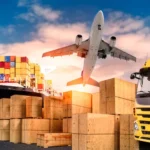



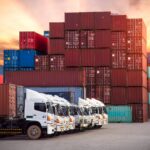
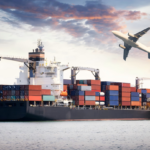
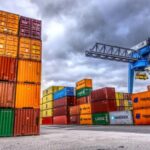
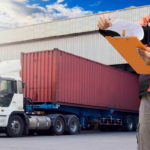
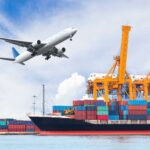

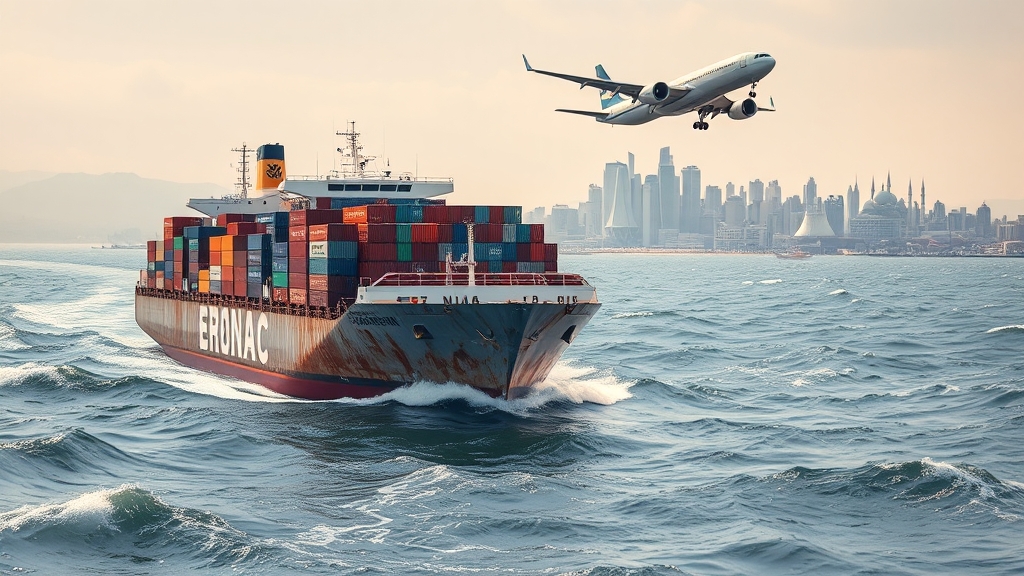
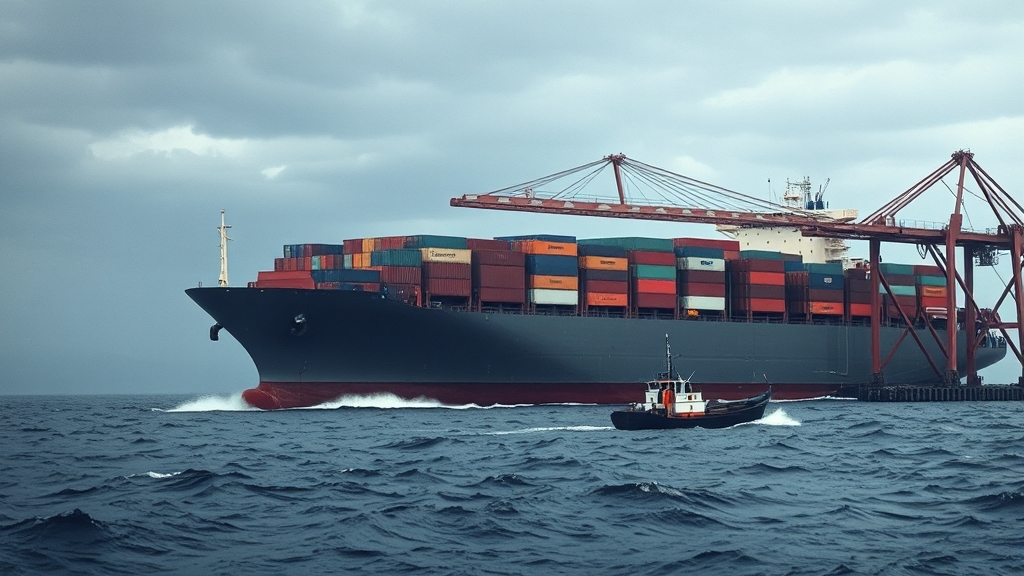
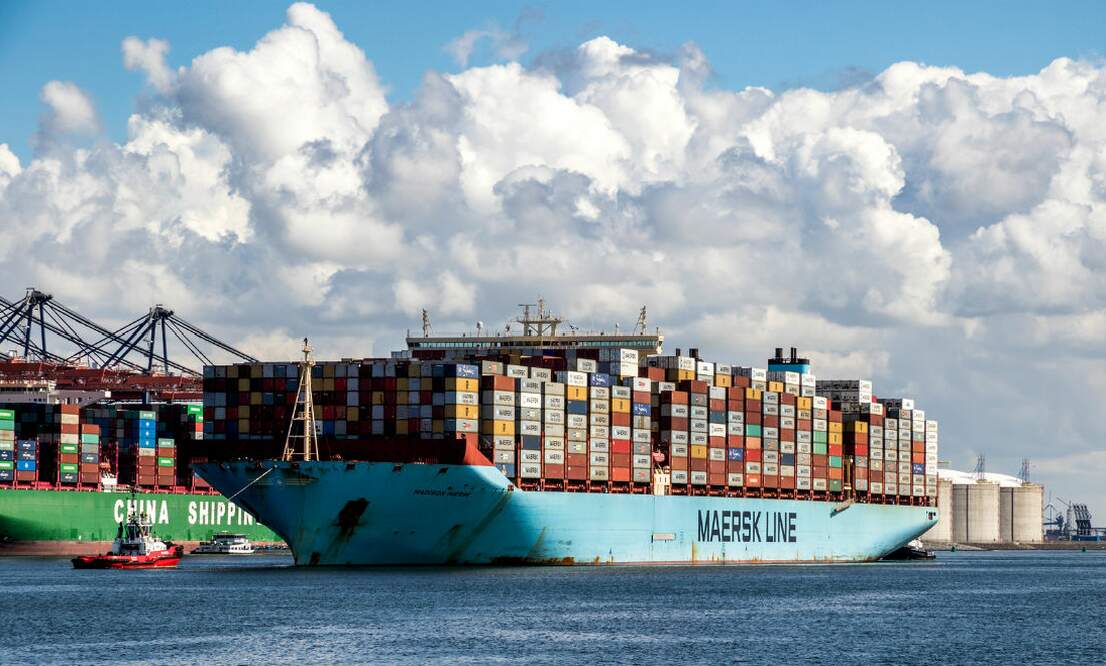
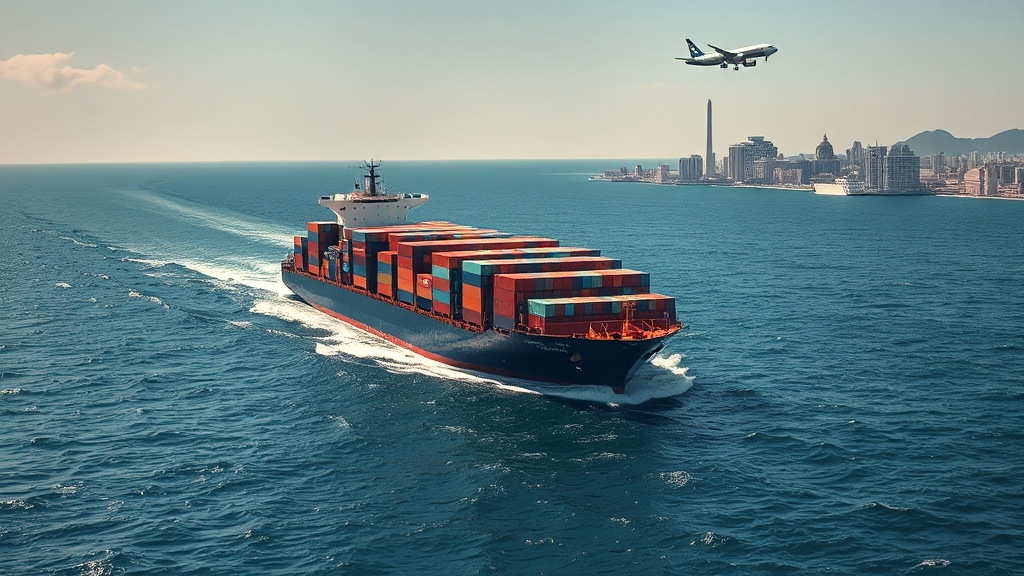
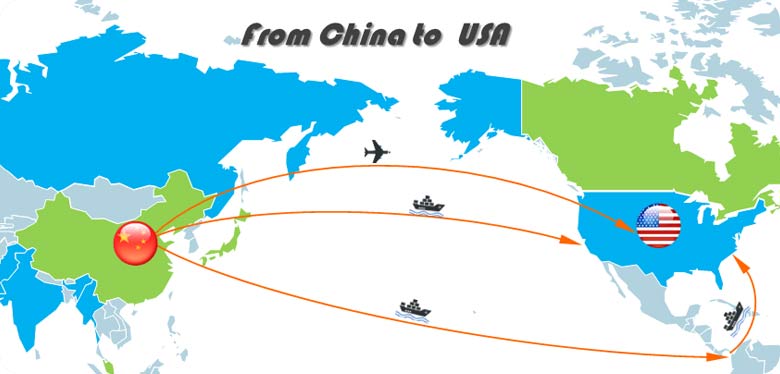





 Afrikaans
Afrikaans Shqip
Shqip አማርኛ
አማርኛ العربية
العربية Հայերեն
Հայերեն Azərbaycan dili
Azərbaycan dili Euskara
Euskara Беларуская мова
Беларуская мова বাংলা
বাংলা Bosanski
Bosanski Български
Български Català
Català Cebuano
Cebuano Chichewa
Chichewa 简体中文
简体中文 繁體中文
繁體中文 Corsu
Corsu Hrvatski
Hrvatski Čeština
Čeština Dansk
Dansk Nederlands
Nederlands English
English Esperanto
Esperanto Eesti
Eesti Filipino
Filipino Suomi
Suomi Français
Français Galego
Galego ქართული
ქართული Deutsch
Deutsch Ελληνικά
Ελληνικά Kreyol ayisyen
Kreyol ayisyen Harshen Hausa
Harshen Hausa Ōlelo Hawaiʻi
Ōlelo Hawaiʻi עִבְרִית
עִבְרִית हिन्दी
हिन्दी Hmong
Hmong Magyar
Magyar Íslenska
Íslenska Igbo
Igbo Bahasa Indonesia
Bahasa Indonesia Gaeilge
Gaeilge Italiano
Italiano 日本語
日本語 Basa Jawa
Basa Jawa ಕನ್ನಡ
ಕನ್ನಡ Қазақ тілі
Қазақ тілі ភាសាខ្មែរ
ភាសាខ្មែរ 한국어
한국어 كوردی
كوردی Кыргызча
Кыргызча ພາສາລາວ
ພາສາລາວ Latin
Latin Latviešu valoda
Latviešu valoda Lietuvių kalba
Lietuvių kalba Lëtzebuergesch
Lëtzebuergesch Македонски јазик
Македонски јазик Malagasy
Malagasy Bahasa Melayu
Bahasa Melayu മലയാളം
മലയാളം Maltese
Maltese Te Reo Māori
Te Reo Māori मराठी
मराठी Монгол
Монгол ဗမာစာ
ဗမာစာ नेपाली
नेपाली Norsk bokmål
Norsk bokmål پښتو
پښتو فارسی
فارسی Polski
Polski Português
Português ਪੰਜਾਬੀ
ਪੰਜਾਬੀ Română
Română Русский
Русский Samoan
Samoan Gàidhlig
Gàidhlig Српски језик
Српски језик Sesotho
Sesotho Shona
Shona سنڌي
سنڌي සිංහල
සිංහල Slovenčina
Slovenčina Slovenščina
Slovenščina Afsoomaali
Afsoomaali Español
Español Basa Sunda
Basa Sunda Kiswahili
Kiswahili Svenska
Svenska Тоҷикӣ
Тоҷикӣ தமிழ்
தமிழ் తెలుగు
తెలుగు ไทย
ไทย Türkçe
Türkçe Українська
Українська اردو
اردو O‘zbekcha
O‘zbekcha Tiếng Việt
Tiếng Việt Cymraeg
Cymraeg יידיש
יידיש Yorùbá
Yorùbá Zulu
Zulu